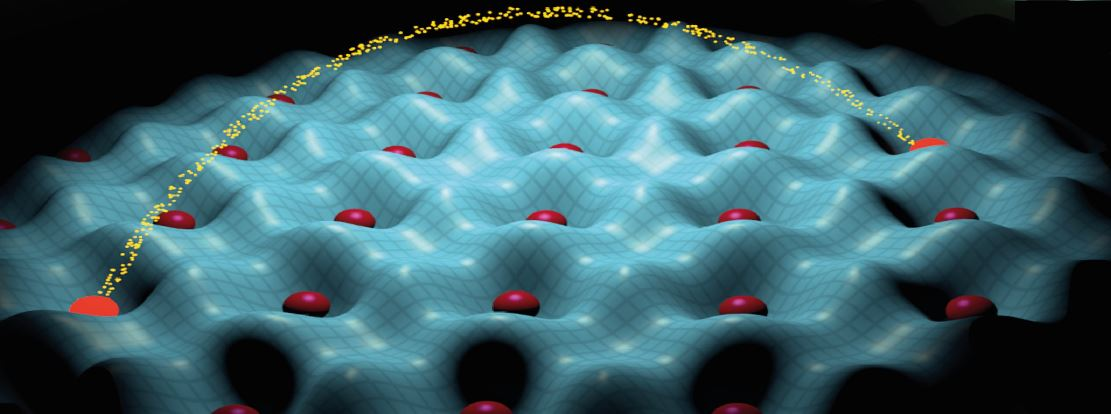Speaker
Description
D.Fausti ¹,²,3
¹ Department of Physics, University of Trieste, Trieste
² Elettra Sincrotrone Trieste S.c.p.a., Trieste
3 Department of Physics, University of Erlangen Nuremberg
The physical properties of many complex Quantum Materials (QM), such as transition metal oxides, arise from intricate interactions among electrons, phonons, and magnons. This complexity renders QM highly responsive to external factors like pressure, doping, magnetic fields, or temperature. Consequently, many compound families exhibit intricate phase diagrams, enabling the switching between entirely different macroscopic functionalities through precise adjustments of "control parameters" like temperature or pressure. This responsiveness also positions QM as an excellent platform for designing experiments where tailored electromagnetic fields interacting with matter can give rise to novel, sometimes exotic, physical properties. This avenue has been extensively explored in time-domain studies [1,2,3,4], demonstrating that ultrashort mid-IR light pulses can induce the formation of quantum coherent states in matter.
In this presentation, I will discuss the potential of controlling macroscopic properties of quantum materials not only by subjecting them to ultrashort pulses but also by integrating the materials into resonant optical cavities. I will explore the effects of vacuum fluctuations, as well as the notion that embedding materials into optical cavities alters the exchange of energy between the materials and their thermal electromagnetic environment [6]. Additionally, I will dig into the impacts of strong and weak coupling to cavity modes in the archetypal material for Charge Density Wave systems, 1T-TaS2. Furthermore, I will present our recent discovery of cavity thermal control over the metal-insulator transition [5] and discuss the significant sensitivity of vibrational coupling to the cavity mode structure. Finally, I will examine the evidence of cavity-enhanced non-linearities in quantum paraelectric SrTiO3 and explore the potential of utilizing cavity electrodynamics to sustain non-equilibrium stationary states in complex matter.
References:
[1] Advances in physics 65, 58-238, 2016
[2] Science 331, 189-191 (2011)
[3] Phys. Rev. Lett. 122, 067002 (2019)
[4] Nature Physics 17, 368–373 (2021)
[5] Nature 622, 487–492 (2023)
[6] https://arxiv.org/abs/2403.00851

